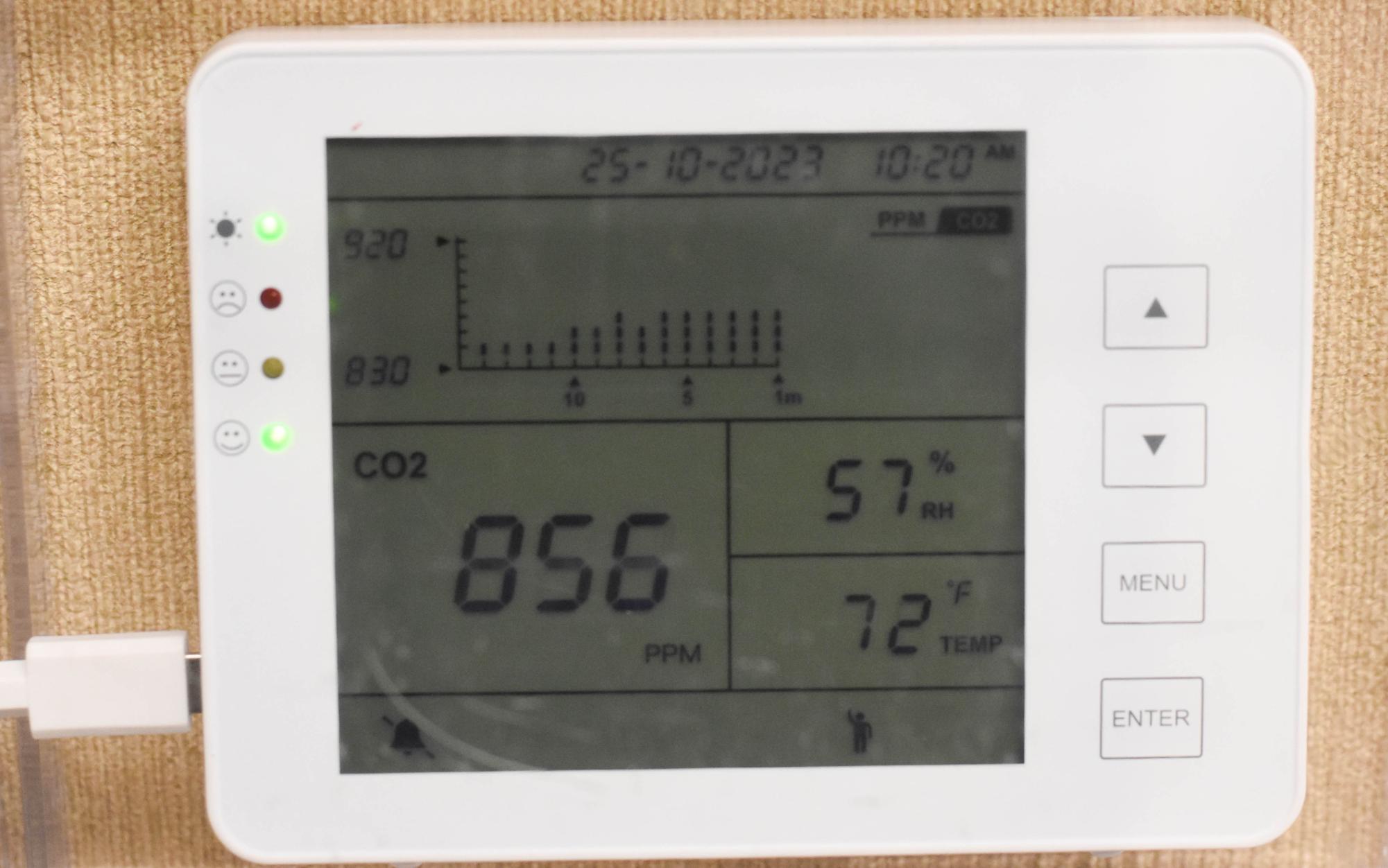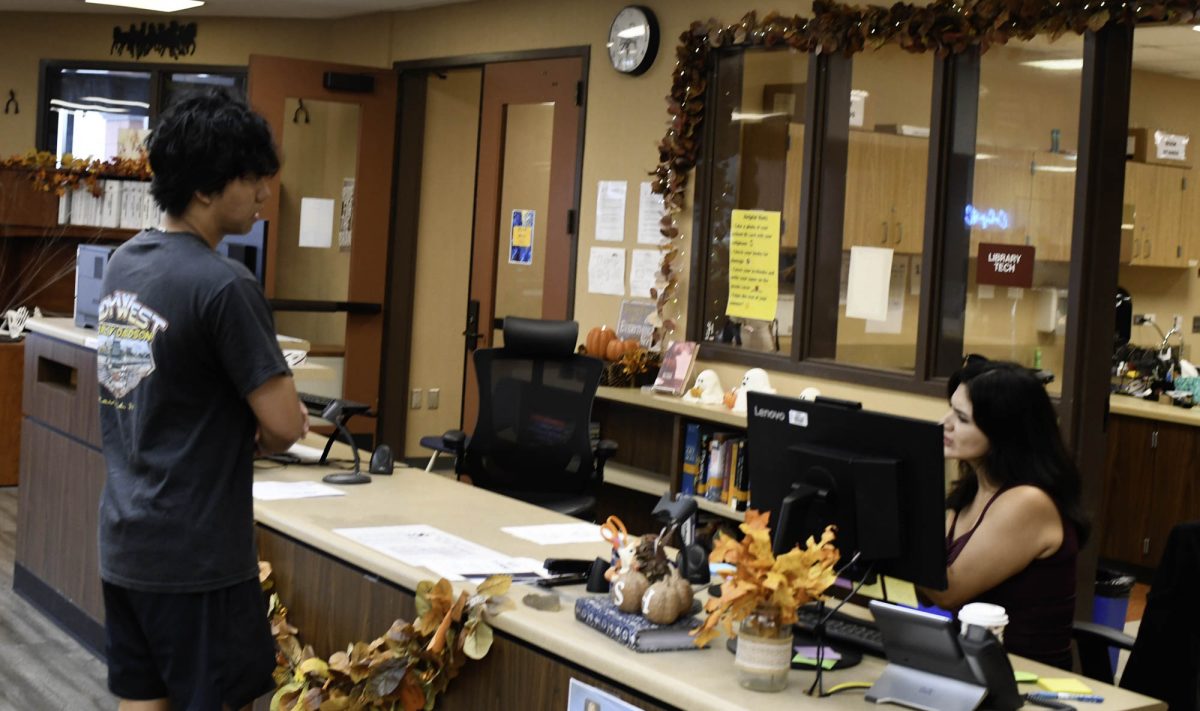New air monitoring systems were installed to maintain and measure safe humidity, temperature, and CO2 levels through a CalShape-funded grant.
California Schools Healthy Air, Plumbing and Efficiency Program (CalShape) provided grants on a first come first serve basis until funding was exhausted. Amid the first round of funding, deprived and under-served communities were prioritized, in which CUSD qualified at seven school sites.
For the second round of funding, all remaining school sites and facilities had the opportunity to apply with approval for being awarded with the remaining funds.
This approval process was overseen by the district’s energy, safety, and environmental manager, as well as the CUSD board’s approval to apply and accept funds for the CalShape project.
Over multiple application rounds to fund this project, CUSD was awarded a total of $5,002,300.00 in grant funds from CalShape. This scope of work included assessment and general repair of all heating, air conditioning, and ventilation systems throughout schools in the district.
Depending on where classrooms are located, you will find that either the classroom thermostat was replaced with a system including a built-in CO2 sensor, or for sites already on an EMS (Energy Management System) it received a single CO2 sensor mounted on a wall in the classroom. These systems measure ppm (parts per million) and OSHA PEL (permissible exposure limit).
Science teacher Emily Price explained recent data from the sensors in her and neighboring classrooms. “I checked the CO2 levels in a few rooms at about 10:00 a.m. this morning. Mine was at 558 ppm, Kolenic’s was at 736 ppm, and Rickert’s was much higher at 1269 ppm! Rickert’s room level was high enough to register a yellow warning light. Both Kolenic and I keep our exterior doors open during class. Rickert doesn’t. In addition, Rickert had already had a zero-period class while Kolenic and I hadn’t,” said Price.
Regarding the CO2 volumes, legally there are specific safety points the environment needs to be at. The current OSHA PEL (permissible exposure limit) is 5,000 ppm (parts per million) as an 8-hour time-weighted average concentration. If these limits are not correct, safety for occupants in the space may face particular symptoms depending on exposure levels.
In a space consistently receiving high CO2 warnings/alerts, teachers would prompt the M&O department to assess the unit’s ventilation function and capacity. They would ensure proper air exchange, fresh ventilation, and safe pollutant levels are being received in the space.
“Following the first round of funding, the state provided an additional round of funding for equipment replacement based on the assessment findings. Installation of CO2 sensors was required as a condition of eligibility for funding. It is expected that the installation of CO2 sensors in all schools will be mandated in the coming years,” said Brosamer.
The censors will ensure clean and safe air for all classrooms and facilities around campus. If needed for fixing or analysis, the M&O department as well as CalShape will look into it.
Not only are these monitors controlling classroom air quality, but they are also keeping all of SJHHS safe by promoting a clean-air environment.
Additional information regarding these sensors is available on the CEC (California Energy Commission) website or by searching “AB841”.








